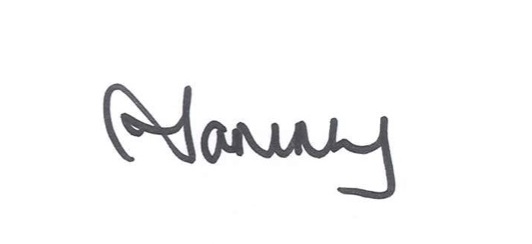
It’s a funny thing. One day you’re going about your business, the next day you’re suddenly elevated to “leader”. “Congratulations”, they say, “you’re now a leader.”
Many new leaders struggle to articulate what this all actually means. Actually- quite a few “old” leaders do too just quietly.
This series of blogs will give you some ideas on what it all means and what THAT means for you and the way you go about doing things.
Is leadership a person? A process? A position or a result?
Sit with this one for a while. Think about what it means for you.
- Can you be a leader without holding a hierarchal leadership “position”?
- Does leadership require that you achieve something specific?
- Is there a formulaic process for leadership that you can learn?
I believe that anyone can demonstrate leadership at any time – and it’s not dependent on the position you hold, or the manner in which you go about doing it, or a particular result achieved.
That’s good news because it means you can start practising leadership from today; without any formally anointed title or expectations.
Implicit Leadership Theories
You might be thinking that it would be handy to have some sort of checklist of traits or styles that you could bone up on. And there are certainly many organisations who promise to show you just that.
But I believe the most important thing to start of with is this: what does leadership mean to you? Who do you think of when you think of leaders? What does a good leader look like? What does a bad leader look like? And why??
Research tells us that much of what we believe about leadership comes from our “implicit leadership theories” (ILTs), which are theories that we develop over our lifetime based on the stories we hear and the experiences we have. This explains why if you ask someone to describe a leader, they’ll often (not always) describe a middle age male, with high charisma and power. This is a little bit like ILT’s cousin unconscious bias.
If we can understand what we implicitly believe to be leadership, we can start to challenge some of those theories. We can also work out what that means for us and our leadership style and approach.
Key Takeaways
So, where does this leave us?
- Think about what leadership means to you.
- What does a good (and bad) leader look like/sound like etc? And why do you think that?
- Can you see any ILTs creeping into your thought processes, colouring what leadership means for you?
- Take some time to really sit with this. Understanding your own thought patterns, beliefs and biases are a critical and necessary first step.
WANT MORE?
As always, if you’d like to get in touch – you can click here.
If you’d like to read any of the 250+ blog posts on this site, you can click here. Here are a selection specifically on leadership.
If you’d like to buy one of my books, you can click here.
And if you’d like to sign up to permission to dream programme, you can click here.
See you next week.


